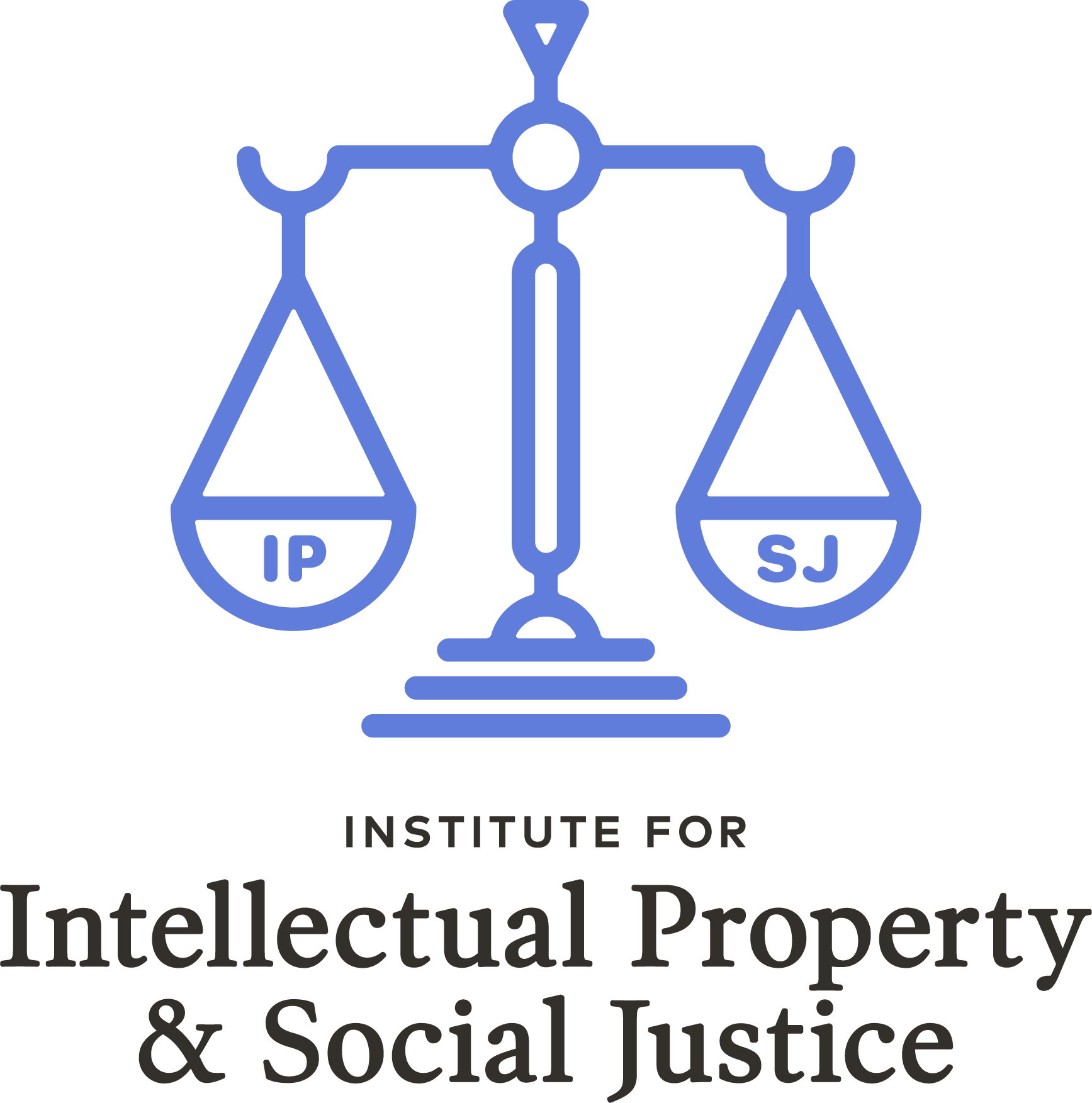Fair Use & Creative Control
Copyright in the Community: From Fair Use to Creative Control
This month we’d like to discuss some updates in the area of fair use and also invite you to the official launch of Creative Control, the IP community education and pro bono advice initiative.
What is Fair Use?
Fair use is a legal doctrine within the copyright law that allows the public to use copyrighted works and material without the permission of the copyright owner. The fundamental social purpose of copyright protection is to promote the progress of the arts and sciences: to advance American learning and culture by encouraging authors and other creators to share their works with the public. Consequently, copyright reserves to authors only certain specific uses of their works, such as making a copy, while all other uses, such as reading a book aloud as a bed-time story, are freely available to the public. In addition, fair use allows the public to also engage in the authors’ reserved uses, typically referred to as the authors’ exclusive rights, when allowing the activity promotes the social purpose of copyright.
For example, while making a copy of a work is an exclusive right, it would undermine the purpose of copyright if authors could always control whether their work, or any part of their work, can be copied. Without the fair use doctrine, the author of a news article or a history book could prevent a teacher from copying any part of a copyrighted work for use in a classroom discussion. Similar uses by the public, such as reproducing works for purpose of literary or public criticism or social activism, or reproducing portions or aspects of works to create new works such as “fan fiction”, are other activities that are dependent upon fair use.
Fair Use Recent Court Decisions
Some recent court decisions demonstrate the importance of fair use to the creation of new works and art forms and to free speech. In Drake Winning Sampling Case Over Fair Use Is Big News... But Still Demonstrates The Madness Of Music Licensing, Mike Masnick discusses how courts are reevaluating hip-hop sampling as fair use of portions of pre-existing music. In Reaction video YouTubers win landmark ‘fair use’ copyright case in the US,” Heather Gay discusses how a court recently held that a YouTube “reaction video”, video wherein viewers of various Internet videos share their opinions of these works, was protected by fair use.
For more information on how courts have applied fair use, visit the Fair Use Index on the U.S. Copyright Office website. The index is a searchable database of court decisions on fair use compiled to aid the public in understanding the types of uses that have previously been determined to be fair use. For more information on criticism and commentary as fair use, check out “Copy This Podcast Episode 9: Parody Isn’t Always a Laughing Matter.”
Fair Use and Halloween (and other uses…)
In light of the past week’s festivities, you might find interesting a recent op-ed by Joshua Lamel, Fair Use and Halloween, which discusses how fair use supports this All Hallowed American pastime.
Is there an IP social justice development or issue that you think might interest other IIPSJ readers? Please let us know - and as always, we look forward to your comments and questions.
IIPSJ
Creative Control
The Lawyers’ Committee invites you to the launch of Creative Control - an initiative to elevate and empower online expression. The event will feature local DC artists, thought leaders on protecting your creative works, and one-on-one free advice with attorneys.
The event takes place Thursday, November 16 from 7 -10 pm at RedRocks on H St in NE DC.
